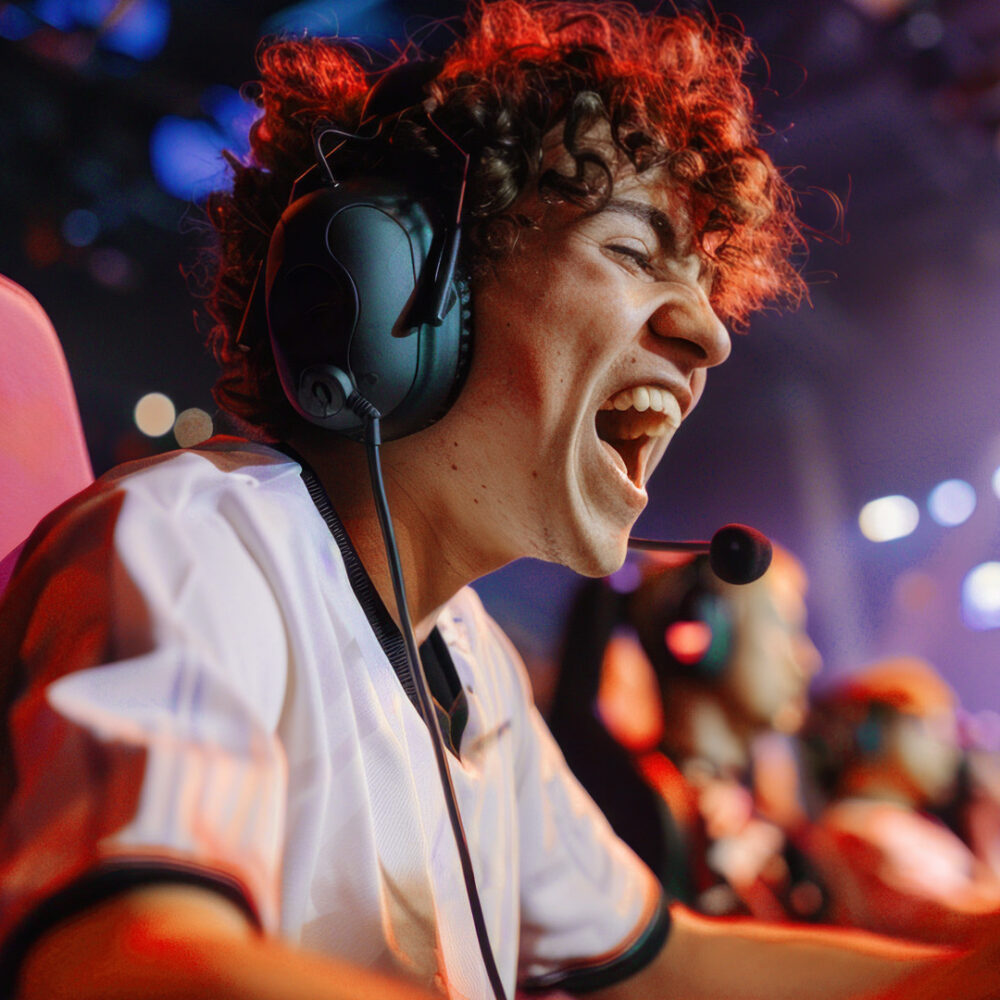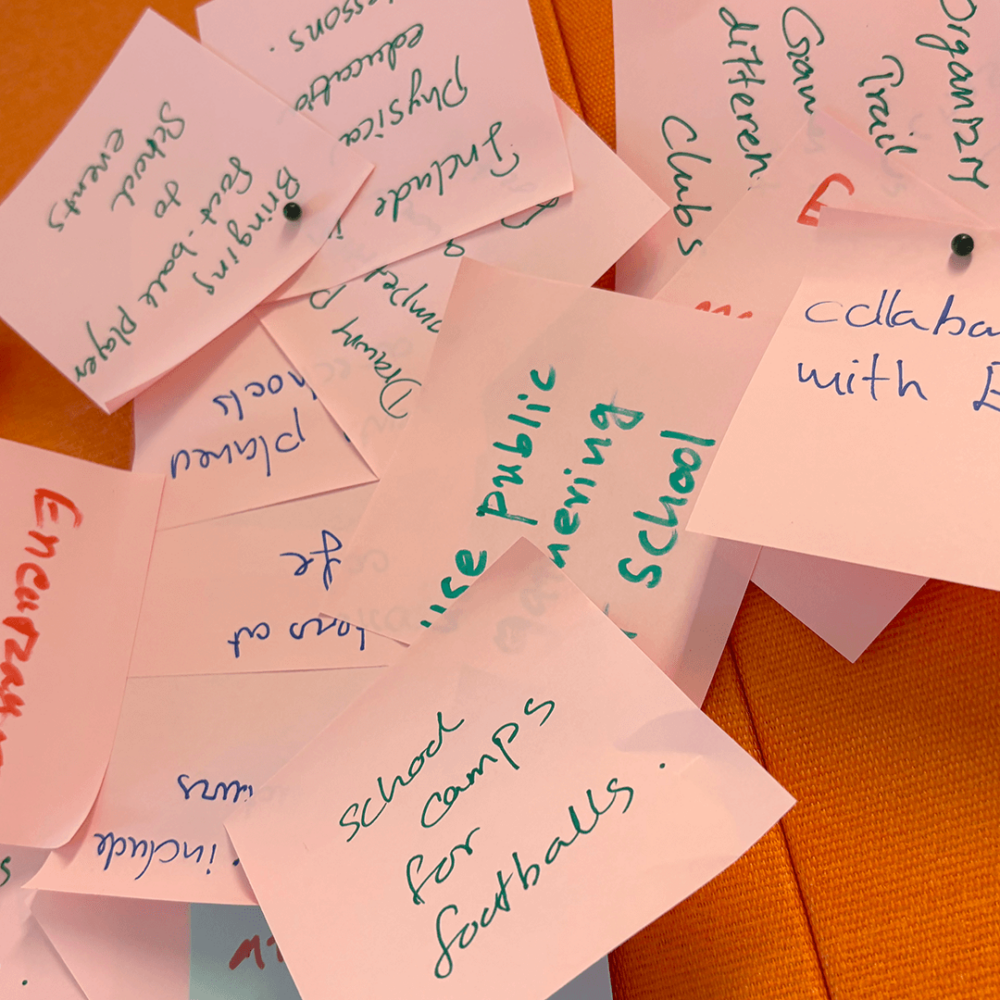Literature review: Esports
EXAMINING THE CURRENT STATE OF ACADEMIC ESPORTS RESEARCH SUPPORTS BUSINESS GROWTH IN THE FUTURE
Esports has risen to international popularity alongside traditional sports. The significant increase in viewership over the past decade highlights this development: in 2014, esports had 204 million viewers, while in 2022, the audience had skyrocketed to 532 million. According to forecasts, the global esports viewership is expected to grow to 640 million by 2025 (Newzoo, 2016; Newzoo, 2022, April 19th). With the explosive rise in popularity of this phenomenon, researchers’ interest in studying esports has also significantly intensified.
Academic research on esports has been characterized by strong interdisciplinarity as well as inconsistency and divergence in research topics. The scientific examination of esports viewership has also fragmented into various disciplines and an increasing number of research directions in a relatively short period.
To identify and describe the central themes and development trends within the field, researchers Kalle Pasanen and Matti Leppäniemi from the University of Jyväskylä conducted a systematic literature review on esports viewership. This review focused on the business aspect of esports and, following a systematic selection process, included 77 peer-reviewed articles published before October 2023.
”Our goal is to identify and describe the central themes and development trends within the field of research. We focused particularly on studies emphasizing esports viewership and business.”
– Kalle Pasanen
The key findings of the study are summarized compactly below.
Descriptive Statistics
The articles included in the review were published in 53 peer-reviewed international journals. The journals with the most publications were Communication & Sport (8 articles) and the International Journal of Sports Marketing and Sponsorship (5 articles). A total of 157 different individuals contributed to writing these articles. As illustrated in Figure 1, the number of publications saw a sharp increase starting in 2020.

Figure 1. Number of articles published annually.
The studies included in the review primarily employed a quantitative approach (see Figure 2). Of these studies, 48 (62.3%) used quantitative methods, 11 (14.3%) qualitative methods, nine (11.7%) mixed methods, six (7.8%) experimental methods, and three (3.9%) quasi-experimental methods. A variety of data collection methods were utilized, with survey research being by far the most popular, employed in 43 studies (55.8%)

Kuvio 2. The approaches of the research articles.
There were significant differences in the citation counts of the articles, partly due to the timing of their publication. The review examined citation counts in the SCOPUS and Google Scholar databases (as of February 8, 2023). The results (see Figure 3) indicate that “What is eSports and why do people watch it?” (Hamari & Sjöblom, 2017) is the most cited article in the field. Other widely cited publications include Pizzo et al.’s (2018) study “eSport vs. Sport: A Comparison of Spectator Motives” and Macey and Hamari’s (2019) study “eSports, skins and loot boxes: Participants, practices and problematic behavior associated with emergent forms of gambling”.

Figure 3. The most cited articles.
In the thematic analysis of the data, a total of eight distinct themes were identified, under which all articles could be classified (see Figure 4).

Figure 4. The themes of esports viewership study.
From a practical standpoint, the literature review provides valuable insights into various aspects of the esports industry, which can also be leveraged in strategic business development. Based on the review, it can be concluded that esports research is diverse and covers a wide range of themes relevant to industry stakeholders. Future development supporting business growth could be approached through the following observations:
- Viewer Motivations: By understanding why people watch esports, companies can develop better marketing strategies and create content that resonates with their target audience. For example, events and campaigns could be organized in Jyväskylä that emphasize local community engagement and offer unique experiences both online and in live events.
- Fan culture: Researching fan communities and fan experiences reveals how dedicated fans are and what they value. This information can help companies build deeper connections with their fans and develop products and services that meet their needs.
- Consumption Behavior: Understanding consumer viewing paths and toxic behavior can help companies design better user experiences and reduce negative phenomena. This can lead to higher customer satisfaction and engagement.
- Sponsorship: Sponsorship studies provide valuable insights into how sponsorship can increase brand visibility and create value. Companies can leverage these findings when planning sponsorship campaigns and collaborations with esports entities.
- Consumer Demand: Understanding the attractiveness and push factors of esports helps companies anticipate and respond to consumer needs more effectively. This could be particularly important in Jyväskylä, where a local esports ecosystem can be developed to meet growing demand.
- Gambling and Ethics: Research on gambling and ethical issues highlights important perspectives that help companies navigate the risks and ethical challenges related to esports. Companies can use this information to create responsible practices and mitigate potential harm.
- Branding and Advertising: Studies on brand identity and advertising help companies develop strong brands and effective marketing strategies. Local businesses in Jyväskylä can use this information to improve their visibility and attract new customers interested in esports.
- Media: Research on the esports media ecosystem and media consumption provides valuable insights into how to best reach audiences on different platforms. Companies can use this information to enhance their digital presence and develop effective content strategies.
In summary, it can be stated that the literature review significantly enhances understanding of the esports industry and provides concrete guidelines on where companies and organizations should focus. Particularly in Jyväskylä, this information could be utilized in developing the local esports ecosystem, which would promote economic growth in the region and attract new businesses to promote related business opportunities.
Sources:
Hamari, J., Sjöblom, M. (2017). What is eSports and why do people watch it? Internet Research, 27 (2), pp. 211-232.
Macey, J., Hamari, J. (2019). eSports, skins and loot boxes: Participants, practices and problematic behaviour associated with emergent forms of gambling. New Media and Society, 21 (1), pp. 20-41.
Newzoo. (2016). 2016 Global Esports Market Reports. Retrieved February 21, 2024, from https://newzoo.com/wp-content/uploads/2016/02/Newzoo_2016_Global_Esports_Market_Report_Dummy.pdf
Newzoo. (2022, 19. huhtikuuta). The Esports Audience Will Pass Half a Billion in 2022 as Revenues, Engagement, & New Segments Flourish. Retrieved February 21, 2024, from https://newzoo.com/resources/blog/the-esports-audience-will-pass-half-a-billion-in-2022-as-revenue-engagement-esport-industry-growth
Pizzo, A. D., Baker, B. J., Na, S., Lee, M. A., Kim, D., Funk, D. C. (2018). eSport vs. Sport: A comparison of spectator motives. Sport Marketing Quarterly, 27 (2), pp. 108-123.
READ MORE

Jamk launches new gametech and esports project initiatives
Jamk University of Applied Sciences is launching three new game and esports related RDI projects in Central Finland.

The study investigates the effects of physical warm-up on aiming accuracy in FPS games
In spring 2025, research measurements will be conducted at GamePit Pro to analyze how different forms of physical warm-up impact aiming performance in FPS games, using the data collected.

Ideas for e-football from the InnoFlash course
The InnoFlash week gathered Jamk students for an esports-themed assignment. Eight teams prepared a total of 24 concepts aimed at engaging new interested members to join football clubs through e-football.

Stage142 returns to Jamk in April!
Stage142, will gather the LAN crowd to Jamk main campus once again from April 4th to 6th! The event is organized by Jyväskylä Esport Association.